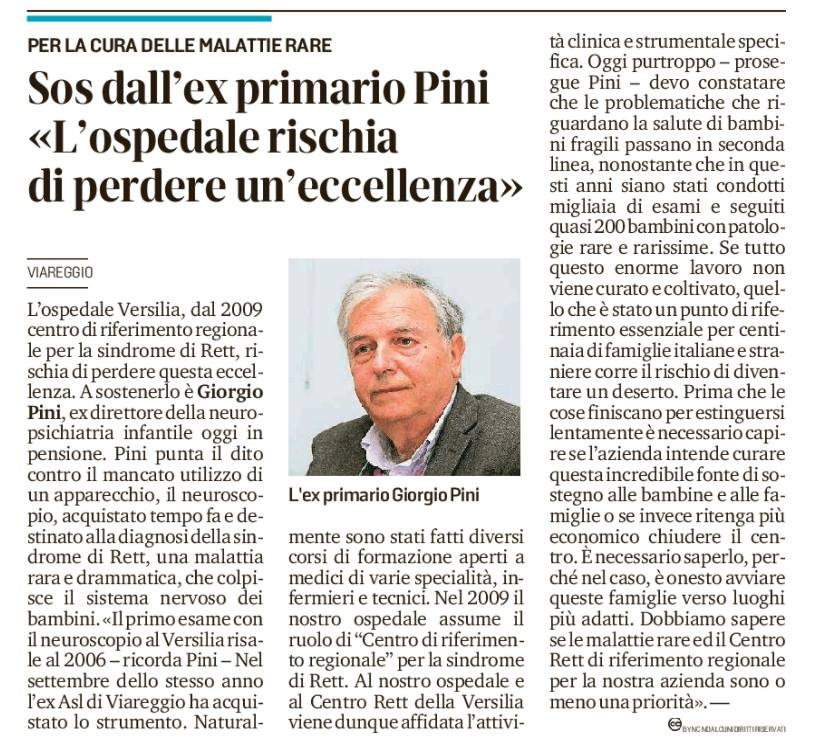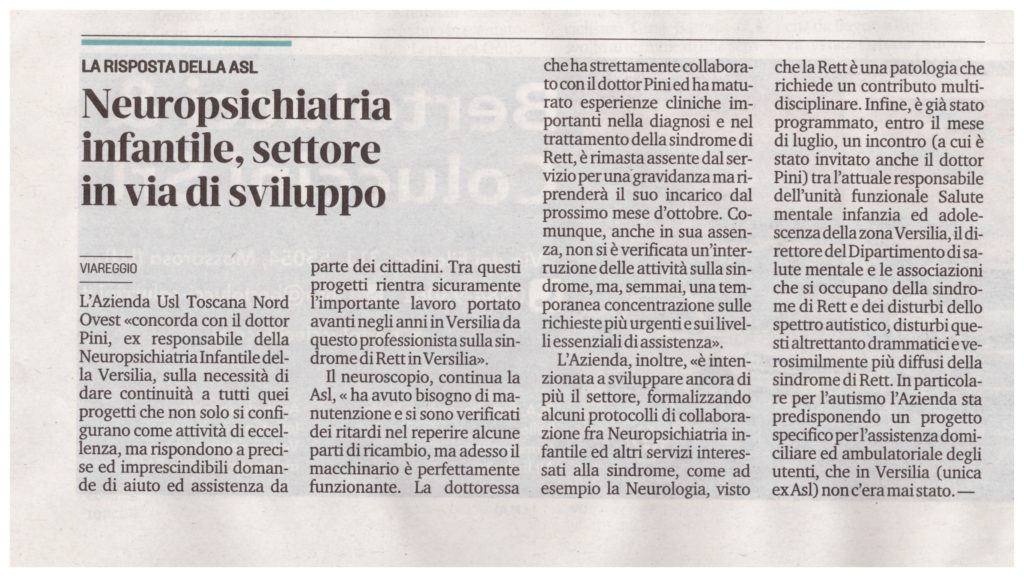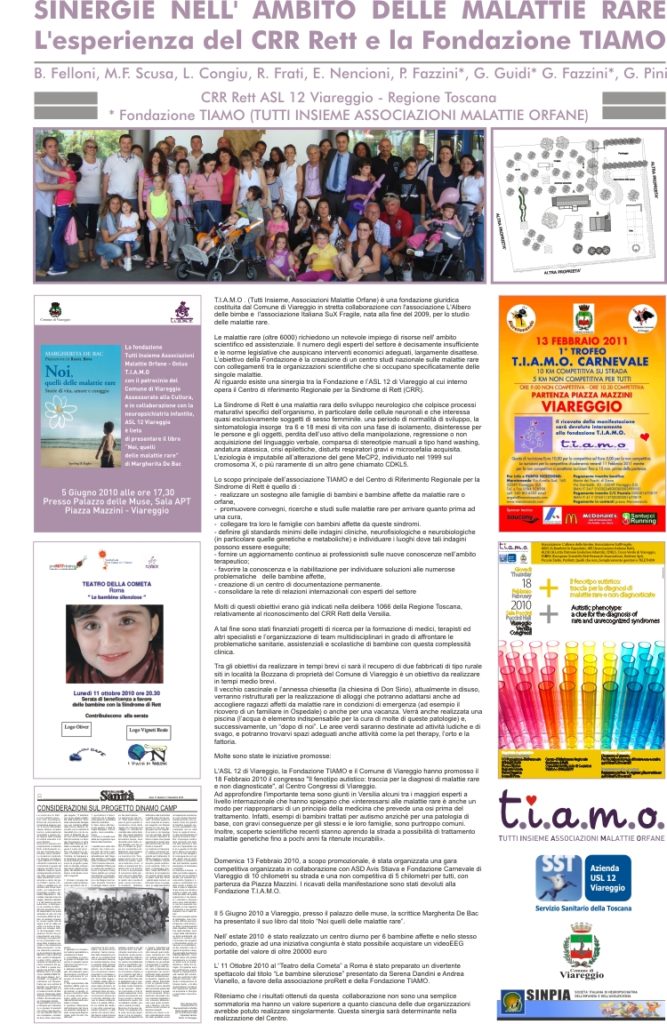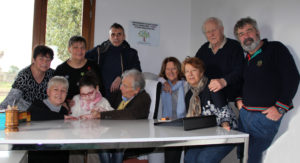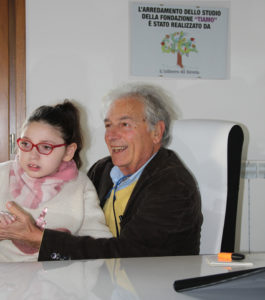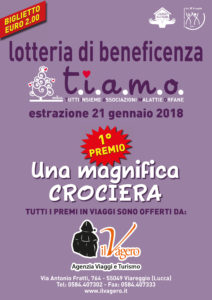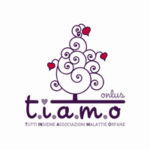It’s a Saturday morning, I wake up, open the hotel blinds and a gorgeous sea view welcomes us in Viareggio, a beautiful seaside city in Tuscany. Slowly and still drowsy my wife and I take a shower and get ready for breakfast. It is June but the mornings are still chill. A warm cornetto, a slice of crostata, a hot cappuccino and we are ready to go. Viareggio’s seafront is simply too inviting to stay in the hotel. I arrange with the hotel for my shirt to be ironed and off we go. Following the walking path, we reached Lido di Camaiore where we had spent a beautiful holiday a few years before and where – not too far from that beach – I had proposed to my beautiful wife, Joanna. Lots of tender memories washed over my mind and the place suddenly became familiar. That morning we must have walked at least 10km by the seafront promenade that literally stretches for hundreds of kilometres along the Tuscany coastline. While I was wholeheartedly enjoying my walk, I was trying not to get too tired. I had a meeting to attend and a talk to give in the afternoon. With that on mind, we stopped for a delicious lunch by the sea and got back to the hotel to get ready.
The sun is so strong that it hurts your eyes. I make sure my sunglasses are in my bag. At 2pm a car is coming to pick me up, destination Fondazione T.i.A.m.o. (I love you in English), a non-profit NGO taking care of kids affected by rare diseases such as Rett and CDKL5 syndromes, two rare genetic diseases. The foundation is in the country-side. Two old farmhouses have been refurbished and now look fantastic and very welcoming. Giorgio Fazzini, the president of the organization comes to welcome me. His eyes are blue. Light blue, like Viareggio’s sea. In seconds a big smile is on his face. He is a sunny person. He tells me more about the foundation, all the projects that they are currently running and the future projects. They are now launching garden activities and pet-therapy projects for affected children, with dogs and even donkeys! I immediately thought that this was a great idea and also suggested raising some money for building a pool. Giorgio told me that kids already do hydro-therapy in private structures, but they were also thinking to build their own pool at the Fondazione.
Giorgio then introduces me to Dr. Pini, another hero of the Fondazione. Dr. Pini is a neuropsychiatrist that takes care of the affected kids at the foundation absolutely free of charge and with immense passion. He has his office and practice there.
The meeting is very good. We have several speakers, including parents and associations representing Rett syndrome in Italy.
We also have a presentation by Monica Coenraads, the director of the Rett Syndrome Research Trust (RSRT), who tells us about what her trust is doing with a particular focus on gene-therapy. In brief, the gene-therapy consortium is investigating an approach to replace the “broken” gene with a healthy one using a modified virus to deliver the healthy gene to the brain.
After the meeting, I decided to stay with the parents a bit longer, knowing my wife would be happy with the extra shopping time. I had the luck to talk to most of all of them, including Silvana Paolini, who promoted this meeting and with whom I have been previously in touch. All the families had different but yet similar stories. Joined together by the unconditional love for their kids and the difficulties of life.
Giorgio then introduces me to his son Paolo and to Carolina, a beautiful 21 years old girl. Carolina suffers from Rett syndrome. A rare neurological and devastating genetic disorder that deprives these young girls of living a normal life. Rett syndrome patients cannot talk, have breathing issues, autistic behaviour and may have skeletal and seizure problems. Giorgio is Carolina’s nonno, her loving grandad. Giorgio then tells Carolina: “Carolina, this is Andrea, he does research to make you feel better, do you understand Carolina?”. Then I say: “Carolina understands everything!” and a huge, contagious smile appears on Carolina’s face. Carolina does understand everything. Carolina’s (and her parents) drama is that this severe neurological disorder does not allow her to express herself. She is trapped in the darkness. It is scary, it is frustrating and upsetting.
By observing Carolina, I understood that her, as well as other kids at the Fondazione, could hugely benefit from using new-technology assistive devices to help them communicate. Some such instruments rely on sophisticated eye-tracking that presents them some basic questions and statements helping these young patients to express themselves. I saw a few of these devices at a recent conference organized by the RSRT in Boston and I was impressed. Some girls managed to put together complex sentences such as wishing happy birthday to their parents. Talking to Silvana, I discovered that her daughter Irene, another gorgeous girl affected by Rett syndrome, has one. She showed me videos of her daughter using the eye-tracker and I had no doubt that she was effectively communicating with her parents through the device. We discussed this a bit further and she told me that the Italian National Health System (Servizio Sanitario Nazionale, SSN) provides such assistive devise freely to patients in cases where its benefit can been proven beyond any reasonable doubt. Unfortunately the SSN process is long and complicated, partly because the devices can be very expensive.
On the train, going back to Rome where my wife and I live, I thought again about Carolina and the conversation that I had with Silvana. An idea came to my mind: buying an eye-tracking device for Fondazione TiAmo and testing it on Rett and Cdkl5 (another severe neurological disorder) affected girls to assess which patients would benefit most from it. The Fondazione TiAmo would be the perfect place to test the effectiveness of the device and present the evidence to the SSN to support the purchase of them. This is not an easy task. To this goal we need to raise over 20,000 euros and we need the help of Dr. Pini, and other local neuropsychiatrists and the additional support of highly qualified personnel that are familiar with the latest generation medical eye-trackers. The eye-tracker has to be set up for each individual patient.
Andrea Cerase
È un sabato mattina, mi sveglio, apro le tapparelle dell’hotel e una splendida vista sul mare ci accoglie a Viareggio, una bellissima città di mare in Toscana. Lentamente e ancora assopita mia moglie ed io facciamo una doccia e ci prepariamo per la colazione. È giugno ma le mattine sono ancora fredde. Un cornetto caldo, una fetta di crostata, un cappuccino caldo e siamo pronti ad andare. Il lungomare di Viareggio è semplicemente troppo invitante per soggiornare in hotel. Organizzo con l’hotel per la stiratura della maglietta e partiamo. Seguendo il percorso a piedi, raggiungiamo Lido di Camaiore dove, qualche anno prima, avevamo trascorso una bella vacanza e dove – non troppo lontano da quella spiaggia – avevo proposto alla mia bellissima Joanna di divenire mia moglie. Un sacco di ricordi teneri mi hanno investito la mente e il posto divenne improvvisamente familiare. Quella mattina dobbiamo aver camminato almeno 10 km sul lungomare che si estende letteralmente per centinaia di chilometri lungo la costa della Toscana. Mentre mi stavo divertendo con tutto il cuore, stavo cercando di non stancarmi troppo: avevo da partecipare ad un incontro e tenere un discorso nel pomeriggio. Con questo in mente, ci siamo fermati per un delizioso pranzo al mare e siamo tornati in hotel per prepararci.
Il sole è così forte da far male agli occhi. Mi assicuro che i miei occhiali da sole siano nella borsa. Alle 14.00 verrà a prendermi un’auto, destinazione Fondazione T.I.A.M.O. (Ti amo in inglese), una ONG senza scopo di lucro che si occupa di bambini affetti da malattie rare come la sindrome di Rett ed il CDKL5, due malattie genetiche rare. La fondazione è nella campagna. Due vecchie case coloniche sono state ristrutturate e ora sembrano fantastiche e molto accoglienti. Giorgio Fazzini, il presidente dell’organizzazione, viene ad accogliermi. I suoi occhi sono blu. Azzurro come il mare di Viareggio. In pochi secondi un grande sorriso è sulla sua faccia. Lui è una persona solare. Mi dice di più sulla fondazione, su tutti i progetti che stanno attualmente conducendo e sui progetti futuri. Ora stanno lanciando attività nei giardini e progetti di pet-therapy per bambini affetti, con cani e persino asini! Ho subito pensato che fosse una buona idea e ho anche suggerito di raccogliere un po’ di soldi per costruire una piscina. Giorgio mi ha detto che i ragazzi fanno già idro-terapia in strutture private, ma stavano anche pensando di costruire la propria piscina alla Fondazione.
Giorgio poi mi presenta al dott. Pini, un altro eroe della Fondazione. Il Dr. Pini è un neuropsichiatra che si prende cura dei bambini colpiti presso la fondazione in modo assolutamente gratuito e con immensa passione. Ha un suo studio e pratica lì.
L’incontro è molto buono. Abbiamo diversi oratori, tra cui genitori e associazioni rappresentativi della sindrome di Rett in Italia. Abbiamo anche una presentazione di Monica Coenraads, direttrice del Rett Syndrome Research Trust (RSRT), che ci racconta cosa sta facendo la sua organizzazione con particolare attenzione alla terapia genica. In breve, il consorzio di terapia genica sta studiando un approccio per sostituire il gene “rotto” con uno sano utilizzando un virus modificato per fornire il gene sano al cervello.
Dopo l’incontro, ho deciso di stare con i genitori un po’ più a lungo, sapendo che mia moglie sarebbe stata contenta del tempo di extra shopping. Ho avuto la fortuna di parlare con la maggior parte di tutti i presenti, inclusa Silvana Paolini, che ha promosso questo incontro e con cui sono stato in precedenza in contatto. Tutte le famiglie avevano storie diverse ma simili. Uniti dall’amore incondizionato per i loro figli e dalle difficoltà della vita.
Giorgio poi mi presenta a suo figlio Paolo e a Carolina, una bella ragazza di 21 anni. Carolina soffre della sindrome di Rett. Un raro disordine genetico neurologico e devastante che priva queste ragazze di una vita normale. I pazienti con sindrome di Rett hanno gravi problemi di linguaggio, possono avere problemi di respirazione, comportamento autistico, scheletrici e convulsivi. Giorgio è il nonno di Carolina, il suo amorevole nonno. Giorgio poi dice a Carolina: “Carolina, questo è Andrea, fa ricerche per farti sentire meglio, capisci Carolina?”. Poi dico: “Carolina capisce tutto!” E un sorriso enorme e contagioso appare sul viso di Carolina. Carolina capisce tutto. Il dramma di Carolina (e dei suoi genitori) è che questo grave disturbo neurologico non le permette di esprimersi. È intrappolata nell’oscurità. È spaventoso, è frustrante e sconvolgente.
Osservando Carolina, ho capito che lei, così come gli altri bambini della Fondazione, potevano trarre enormi benefici dall’uso di dispositivi di nuova tecnologia per aiutarli a comunicare. Alcuni di questi strumenti si basano su sofisticati sistemi di eye-tracking che presentano loro alcune domande e affermazioni di base che aiutano questi giovani pazienti ad esprimersi. Ho visto alcuni di questi dispositivi in occasione di una recente conferenza organizzata dalla RSRT a Boston e sono rimasto colpito. Alcune ragazze sono riuscite a mettere insieme frasi complesse come augurare buon compleanno ai loro genitori. Parlando con Silvana, ho scoperto che sua figlia Irene, un’altra splendida ragazza affetta dalla sindrome di Rett, ne ha uno. Mi ha mostrato i video di sua figlia usando l’eye-tracker e non avevo dubbi sul fatto che lei stesse effettivamente comunicando con i suoi genitori attraverso il dispositivo. Ne abbiamo discusso un po’e lei mi ha detto che il Sistema Sanitario Nazionale (SSN) fornisce questo tipo di aiuto gratuitamente ai pazienti nei casi in cui il beneficio sia dimostrato oltre ogni ragionevole dubbio. Sfortunatamente l’iter dell’ SSN è lungo e complicato, anche perché questi dispositivi sono molto costosi.
Sul treno, tornando a Roma, dove io e mia moglie abitiamo, ho ripensato a Carolina e alla conversazione che avevo avuto con Silvana. Mi è venuta in mente un’idea: acquistare un dispositivo di eye-tracking per la Fondazione T.I.A.M.O. e testarlo sulle ragazze Rett and Cdkl5 (un altro grave disturbo neurologico) per valutare quali pazienti ne possano trarre maggior beneficio. La Fondazione T.I.A.M.O. sarebbe il luogo perfetto per testare l’efficacia del dispositivo e presentare le prove al SSN per sostenerne l’acquisto. Questo non è un compito facile. A questo scopo abbiamo bisogno di raccogliere oltre 20.000 euro e abbiamo bisogno dell’aiuto del dott. Pini e di altri neuropsichiatri locali e del supporto aggiuntivo di personale altamente qualificato che abbia familiarità con i dispositivi medici di ultima generazione. L’eye-tracker deve essere impostato per ogni singolo paziente.
Con questo obiettivo in mente, abbiamo deciso di avviare un nuovo blog e una raccolta di fondi per aiutare Fondazione T.I.A.M.O. ad acquistare un eye-tracker dedicato al supporto degli utenti.
Con il vostro aiuto, possiamo fare una grande differenza nella qualità della vita di questi bambini e delle loro famiglie e contribuire a migliorare il trattamento / gestione delle malattie future.
Insieme possiamo. Ti Amo.
Andrea Cerase

